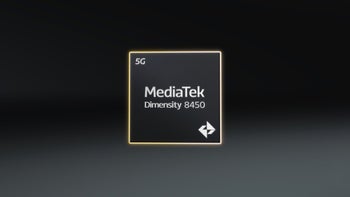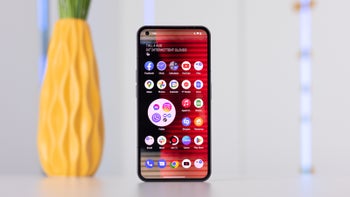Study finds that Android lock patterns tend to be too simple, just like passwords

A study conduced by a woman named Marte Løge, a graduate of Norwegian University of Science and Technology, found that Android users choose to set similar lock patterns that might be too easy for others to figure out. The study looked at 4000 patterns created and discovered that 77% of the patterns started from one of the four corners. 44% of the patterns created began from the top left corner.
Obviously, the more nodes used in the creation of the pattern, the larger the number of possible combinations and the harder it is for someone to discover your lock screen pattern. The average number used in the study was five, which means that the average lock screen selection was one in 7152 possibilities. A large number of users selected just four nodes meaning that their lock screen pattern was one in 1624 possibilities. As a comparison, those who used eight or nine modes had a pattern that was one in over 140,000 possible combinations.
Besides the number of nodes, more complex patterns are harder to figure out. Just like studies have shown that the most common passwords are "1234567," "Password," and "Letmein," 10% of the lock patterns created for the study were fashioned after the shape of a letter in the alphabet. And that letter was often the first initial of a spouse or child. Løge's work also showed that young men are more apt to create a complex pattern that is harder to discover.
Løge says that to create a successful lock pattern, use a high number of nodes, make the pattern complex with crossovers, and turn off the "make pattern visible" option so that someone can't look over your shoulder to discover your lock pattern.
source: ArsTechnica
Løge, who created the study for her thesis, asked those participating to create three patterns. One was for a make believe banking app, one was for a make believe shopping app, and one was to unlock a smartphone. The minimum four node pattern was used the most by both men and women, followed by a five node pattern. Even though both eight and nine node patterns have the same possible combinations, for some reason fewer people chose an eight node pattern than one containing nine nodes. In fact, the former was the least selected option used for a lock screen pattern in the study.
Besides the number of nodes, more complex patterns are harder to figure out. Just like studies have shown that the most common passwords are "1234567," "Password," and "Letmein," 10% of the lock patterns created for the study were fashioned after the shape of a letter in the alphabet. And that letter was often the first initial of a spouse or child. Løge's work also showed that young men are more apt to create a complex pattern that is harder to discover.
source: ArsTechnica



![T-Mobile users have until today to ensure they pay only the advertised price [UPDATED]](https://m-cdn.phonearena.com/images/article/171469-wide-two_350/T-Mobile-users-have-until-today-to-ensure-they-pay-only-the-advertised-price-UPDATED.webp)










Things that are NOT allowed:
To help keep our community safe and free from spam, we apply temporary limits to newly created accounts: